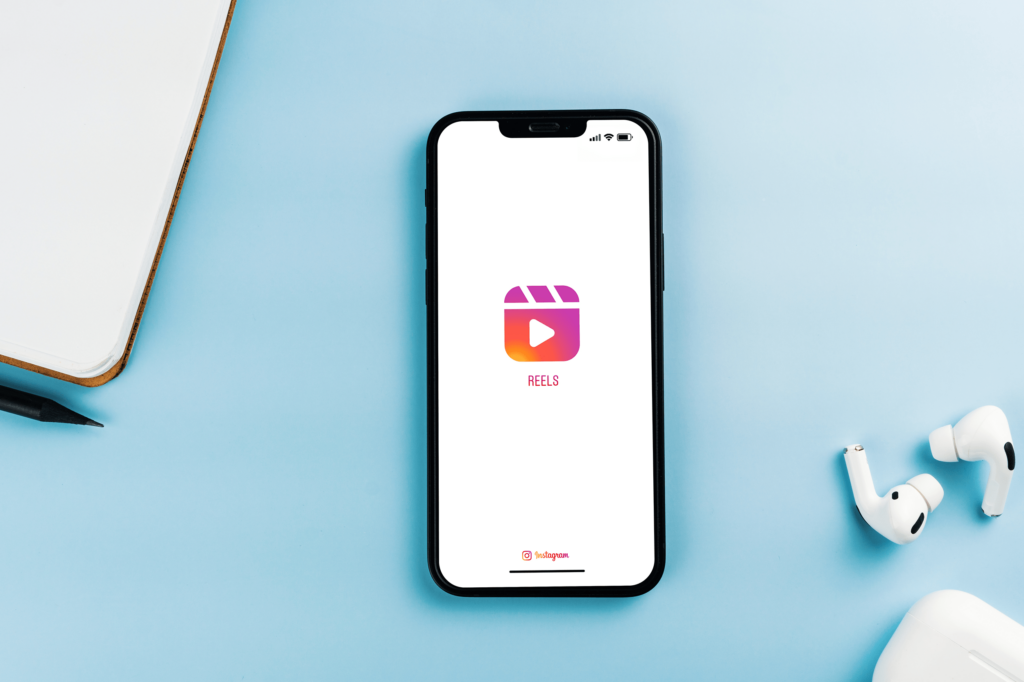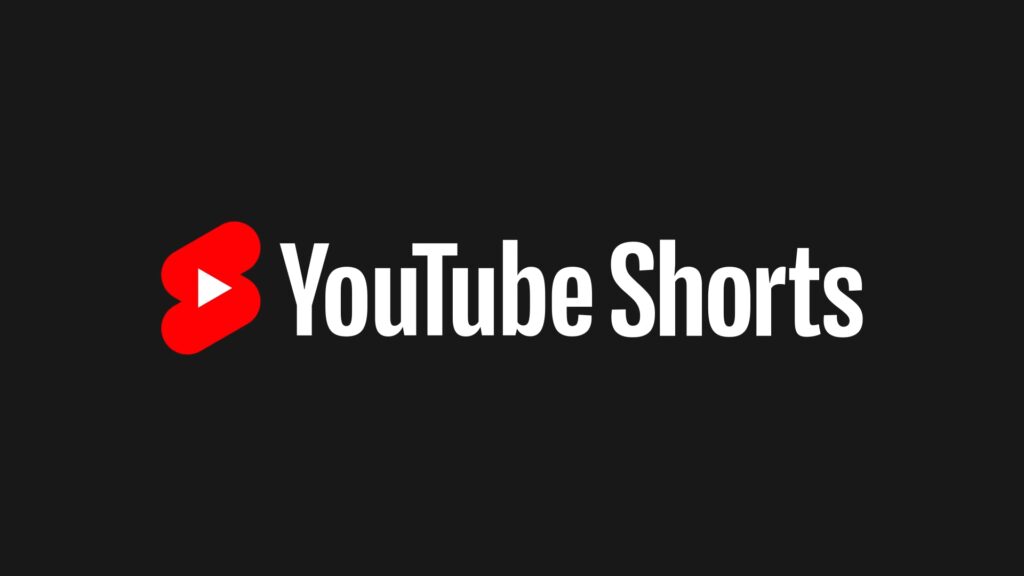The potential ban of TikTok in the U.S. has sent shockwaves through the social media landscape. With millions of users and creators relying on the platform for engagement and income, competing platforms wasted no time in preparing to capture TikTok’s massive audience. While the ban remains uncertain, social media giants have already taken proactive steps to position themselves as viable alternatives. Here’s how the biggest platforms reacted to the looming TikTok ban and what it means for creators and influencers.
Instagram’s Aggressive Push for Reels After TikTok Ban Talk
Instagram wasted no time strengthening Reels, its short-form video feature. With TikTok’s uncertain future, Instagram rolled out major updates to make Reels more attractive to creators. The platform increased video length, introduced enhanced editing tools, and improved its algorithm to favor short-form content.

Additionally, Instagram expanded monetization by offering bonuses for Reels creators and pushing Reels Ads, allowing brands to integrate seamlessly into the short-form video trend. By positioning itself as TikTok’s biggest competitor, Instagram aimed to absorb a large chunk of TikTok’s displaced user base.
YouTube Expanded YouTube Shorts
YouTube has been a long-time leader in the video content space, but the potential TikTok ban prompted it to accelerate its investment in YouTube Shorts. The platform increased the maximum length of Shorts, added better analytics for creators, and introduced more monetization options, including YouTube Partner Program expansion for Shorts creators.

In addition, YouTube focused on short-form discovery, making Shorts more prominent on the home feed and improving the algorithm to help smaller creators go viral. This move ensured that TikTok influencers could easily transition to YouTube without losing engagement.
Snapchat’s Spotlight Became a Key Player During TikTok Ban Threat
Snapchat, known for its ephemeral content, made an aggressive play for TikTok’s audience with Spotlight, its short-video feature. The company revamped its creator fund, offering cash incentives to users whose Spotlight videos gained significant engagement.
To attract former TikTok creators, Snapchat launched enhanced AR tools, improving filters, music integration, and AI-powered creative tools. By making it easier to create engaging content, Snapchat positioned Spotlight as a real alternative for short-form creators.
Meta’s Investment in Facebook Video and AI-Powered Content Discovery
Meta (Facebook) also adapted its platform in response to TikTok’s uncertain future. Facebook revamped its video experience, prioritizing short-form content in its newsfeed and introducing better discovery options through AI.
Meta also focused on cross-platform content integration, ensuring that Instagram Reels could be easily shared on Facebook, allowing creators to maximize reach. With its enormous user base, Meta saw an opportunity to convert TikTok creators into Facebook video influencers.
X (Formerly Twitter) Tested Short-Form Video Features
X, under Elon Musk’s leadership, explored the short-video space aggressively. With new monetization incentives for creators, X began testing short-video discovery features similar to TikTok’s For You Page.
By integrating AI-powered recommendations and video monetization tools, X aimed to attract TikTok’s creator community. While X had not traditionally been a video-first platform, Musk’s commitment to expanding its content ecosystem signaled a strong interest in capturing short-form video audiences.
Pinterest Introduced Idea Pins and Short-Form Video Search
Pinterest saw an opportunity in the TikTok ban debate and launched Idea Pins, a short-form interactive content format. Idea Pins allowed influencers to share step-by-step videos, tutorials, and e-commerce integrations.
By expanding video search capabilities, Pinterest encouraged creators to repurpose TikTok content for a longer shelf life, making it a strategic alternative for influencers focusing on evergreen content.
LinkedIn Leveraged TikTok’s Professional Creators
Surprisingly, even LinkedIn joined the race by enhancing its short-form content strategy. Recognizing that business-oriented influencers on TikTok would need a new home, LinkedIn encouraged bite-sized professional content, including career tips, industry insights, and business hacks in video format.
LinkedIn’s expansion into creator monetization and AI-driven discovery made it a potential home for professionals displaced by a TikTok ban.
What This Means for Influencers and Content Creators
With platforms aggressively competing for TikTok’s audience, influencers now have multiple opportunities to diversify their presence. The potential TikTok ban forced creators to rethink their strategy and expand to social media platforms that offer sustainable monetization and audience growth.
Here’s how influencers can navigate the changing social media landscape:
- Diversify Platforms: Don’t rely on a single platform. Build an audience across Instagram Reels, YouTube Shorts, Snapchat Spotlight, and X’s video features.
- Leverage Monetization Programs: Each platform is offering creator funds and monetization incentives to attract influencers. Take advantage of YouTube Shorts Ad Revenue, Instagram Reels Bonuses, and Snapchat Spotlight payouts.
- Repurpose Content: Use the same short-form videos across multiple platforms to maximize reach and engagement.
- Engage with AI-Powered Discovery Tools: Platforms are prioritizing algorithm-driven content discovery. Optimize videos with strong captions, hashtags, and trending audio to improve visibility.
- Explore New Niches: Some platforms, like LinkedIn and Pinterest, favor educational and professional content. TikTok influencers can expand into niche content categories to stay ahead.
TikTok Ban Impact on Social Media
The TikTok ban discussion forced social media platforms to innovate rapidly, creating more opportunities for influencers than ever before. With Instagram, YouTube, Snapchat, and other platforms aggressively adapting to the demand for short-form video, content creators now have more flexibility and monetization options to secure their digital future.
Influencers who diversify their strategy and embrace new social media features will continue to thrive—regardless of TikTok’s fate.
Recent Blog Posts:
1.10 Proven Ways to Improve Your Social Media as an Influencer in 2025
2.5 Most Popular Influencers on Fansly Right Now

